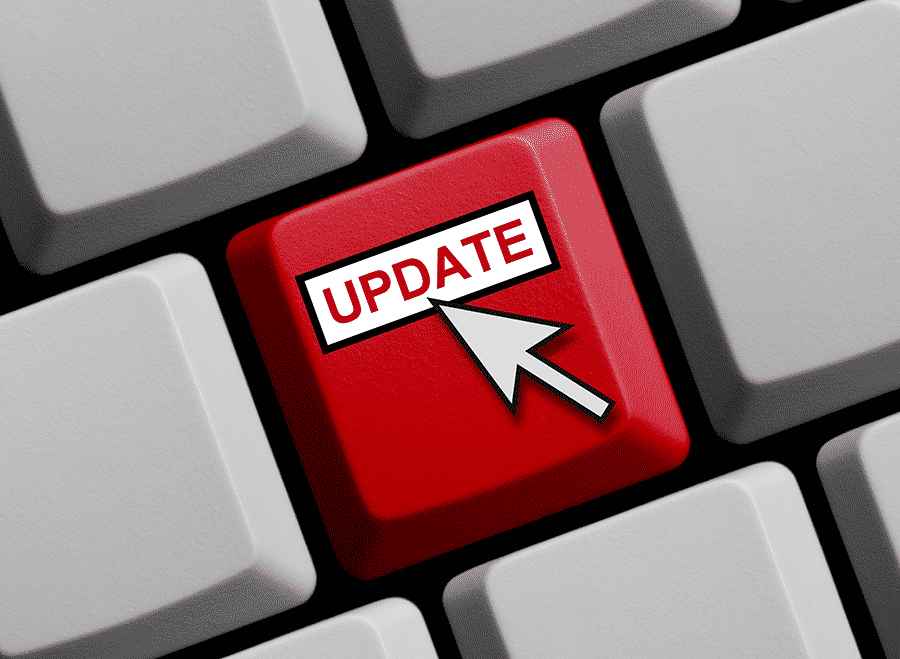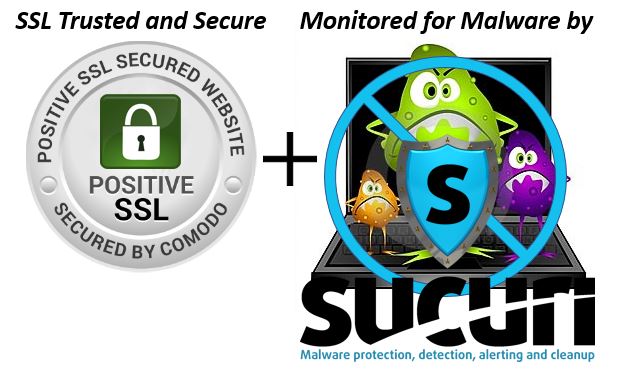I tend to be on a lot of “techie” newsletter lists, with the best intentions of trying to keep up with all that’s going on with computer technology so that I can pass along the most important news to my students.
Every day there are at least 4 or 5 newsletters to read, and although I do my best to quickly scan through them, I know that I’m only really scratching the surface of what’s going on out there in Technology Land.
 But, there is one newsletters I always take the time to carefully read… the one that has to do with Internet Security. I’ve personally been burned too many times by viruses, malware, and even hackers to NOT pay close attention to news articles that might help me better safeguard my computer.
But, there is one newsletters I always take the time to carefully read… the one that has to do with Internet Security. I’ve personally been burned too many times by viruses, malware, and even hackers to NOT pay close attention to news articles that might help me better safeguard my computer.
Not to mention (again) that I need to keep up with Internet security so that I can inform you, my students, with what’s going on.
Which leads me to the point of this blog article.
As is customary for Microsoft on the 2nd Tuesday of each month, this past Tuesday they released an “update patch” for Windows that fixes some security flaws. Security patches, which are simply Windows program updates, are not at all unusual and in fact, many of the updates that Microsoft does on what has become known as “Patch Tuesday” are security related.
But this particular Tuesday, they released a patch to fix two fairly serious problems. In the first, a crafty hacker could gain remote access to a computer that was using the Windows Media Player to play a deviously coded MIDI media file. In the second, certain filters that handle media files in DirectShow (a Windows component used for streaming media) improperly handle specially manipulated media files which again can make your computer vulnerable to outsiders.
Now, my goal here was not necessarily to inform you of these particular updates, but instead to again bring to your attention the importance of making sure Windows Updates happen on your computer. Keeping Windows up-to-date with the latest update patches is just as important as having an anti-virus program, an anti-malware program, and a firewall program, if you intend to stay safe on the Internet.
[By the way, if you want to learn lots more about Staying Safe on the Internet, CLICK HERE for information about our latest Internet Safety eBook.]
How do you do a Windows Update? Well, the good news is that for most typical Windows users, the updates are set to happen automatically without you having to do anything extra. All you end up seeing is a small message popping up from your Taskbar tray area (where the time is displayed) saying that updates were installed.
But it’s never a bad idea to make absolutely sure that Windows Update is set correctly. So to help you make sure this is the case, I’ve put together a short video on how to check the Windows Update program on your computer.
Click on the video below to watch it….
As always, if you have any questions or comments, please leave them in the comments area below.








John, this was one of the greatest learning sessions. It was easy to follow along on my computer as you talked and demonstrated. Classes are good, but I guess it was using my own computer at home that was really good.
I would be willing to pay for such sessions.
I need to come back to class because I didn’t get the folder reorganization. Also I would like help using Windows Live email.
There so many tips that are helpful.
At the free meeting last week, you gave a tip about checking where you have been on the internet and not having to check favoirties. I thought I’d remember, but I didn’t.
I know I’ll be returning to take refresher classes.
Thanks
Wid
Wid…
That’s for the kind words. Glad the video was helpful. You brought up an interesting point about watching classes from home that I hadn’t thought of before… how you can be sitting at your OWN computer while listening/watching the lessons. That certainly COULD be an advantage in many situations.
BTW, I am considering offering what I call “Classes on Demand” which will be web-based/video-based classes. Keep an eye out for an announcement in the eNewsletter we send out.
As for your question about checking where you have been on the Internet, if you fire up your favorite browser, and then press CTRL + H, it should display your “browser history”. This is a list of all the pages you’ve visited over the past few weeks (depending upon how your browser is set).
Let me know if that doesn’t answer your question… and thanks again for posting!
John Lortz
John, I just watched your video regarding the Windows update. I checked and I DO have it set to update automatically but there were also updates listed to install….why would that be? Shouldn’t they automatically update?
Hi Betsy…
Sorry for the late reply. BTW… GREAT to hear from you! Yes, I certainly miss seeing everyone down at the SHF computer lab!!!
Microsoft tends to automatically send you the “critical” updates, and then lets you decide if you want to do the non-critical ones, even if you have it set to “automatic”.
But this is also why it’s a good idea to check the updates now and then… because many of the optional ones ARE worth doing too.
Take care!
John Lortz
I miss the classes at SHF!!!!!